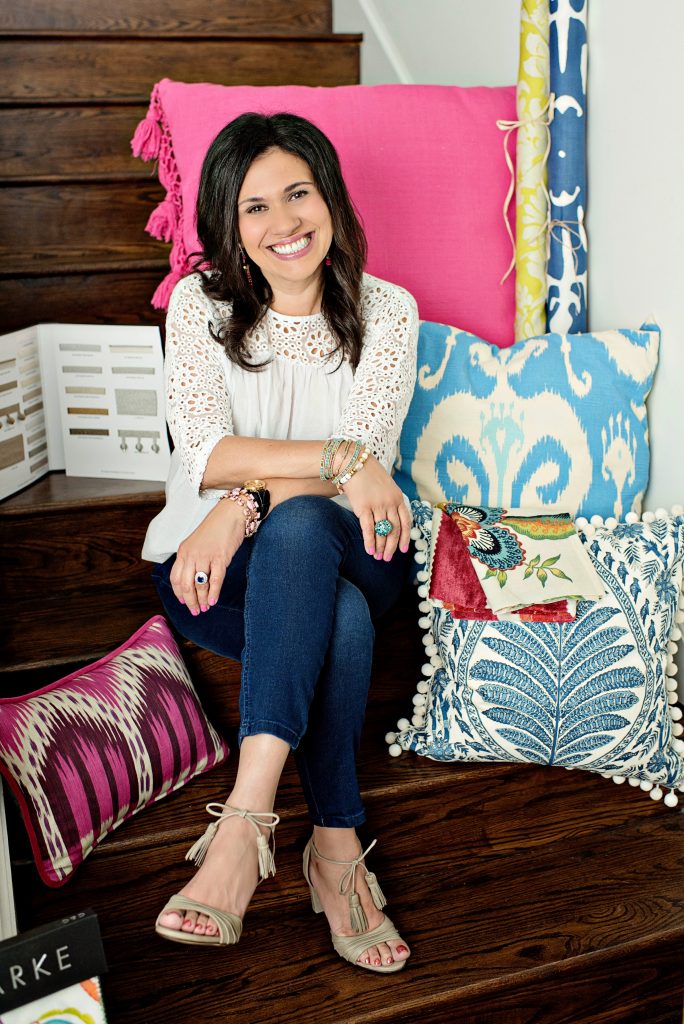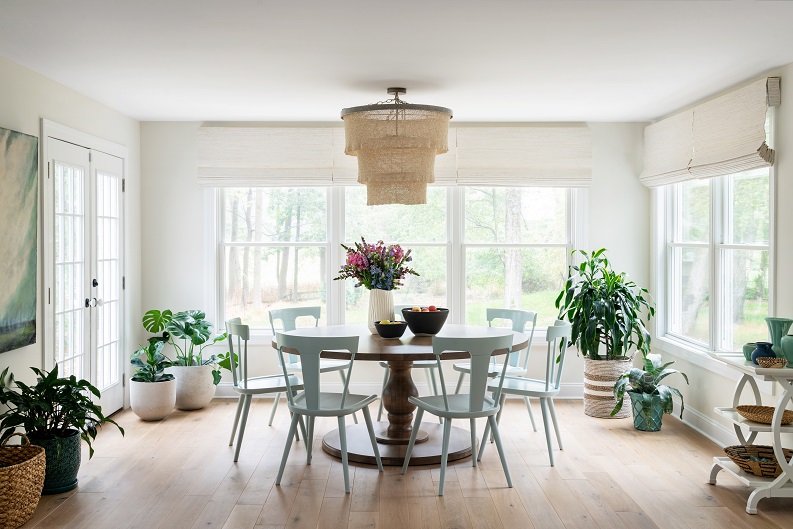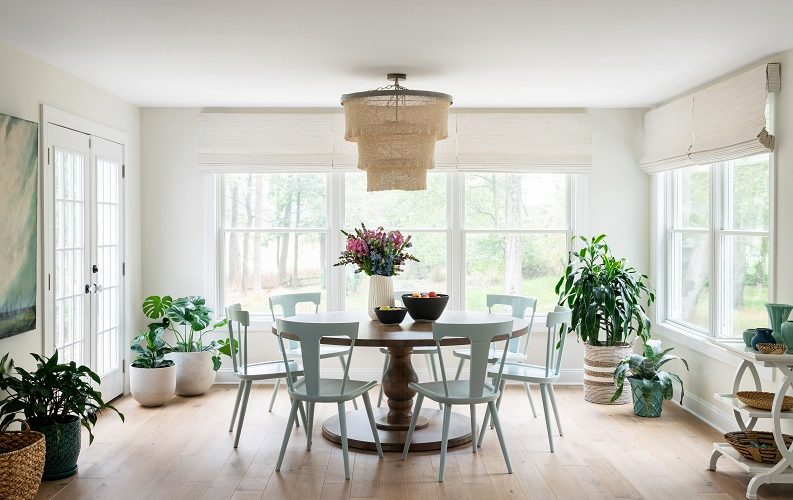By Claudia Clobes Yudis

We all know that your brand should have an identity and a voice that is cohesive and consistent across all your channels. Your clients hire you because they trust you and need your guidance, so make it easy for them to connect, engage and make an investment. It is more important now than ever to make your company shine so you are poised to weather the challenges our industry and the world is facing in 2020.
When I was in college, I completed a museum curatorship program. I quickly discovered that many of the skills I learned in those classes can be adapted to any business. You and the products you offer should resonate on an emotional level with your client base and define their experience. You should also curate a product collection for your firm much like an art historian curates an art exhibition. This is a key step in creating a strong brand story and driving sales.
Define Your Brand Personality
You can’t curate a collection if you don’t know who you are or which segment of the population you are targeting. Who is your client? Who are you? How can you best serve your clients?
In my case, I decided on a brand identity before hiring professionals to design my logo and build my website. I wanted to serve the luxury home space and, more specifically, women and men between the ages of 40 and 65 who share a similar lifestyle and aesthetic to mine. I selected my company name, Urban Loft Window Treatments, to communicate that whether your style is traditional, transitional, or contemporary, I was offering something for you: products that were modern, mid-to high end and fashionable. You don’t have to live in an urban center or in a loft to get the idea.
Invest in a Great Website and Professional Photography
An art collection is based on having beautiful things to show off. You need the same thing in a modern design business. That’s why this is nonnegotiable.
Your website and virtually everything you do has to speak to your prospective client. I hired a graphic designer from a digital design agency who was one of my previous clients. We shared a similar aesthetic, so I knew she would understand my goals and purpose. Then I hired a web designer who only develops sites for interior designers, window treatment professionals, and real estate stagers. Because her company messaging was so clear and curated, I knew I would be in good hands with her. I chose my photographer because she created lifestyle looks in her work that resonated with me. I loved how her photography makes me feel, and I connected to the people or products in the photos. Do you see a pattern here?

The white roman shades for this kitchen nook were designed and made by Yudis. Interior design by Larina Kase with Larina Kase Interior Design. Photo by Jon Friedrich.
Align Your Company with Other Brands That Speak Your Language
Assembling an art exhibit or a collection takes a team. The curator needs helping finding and acquiring the best pieces. They need someone to help them display the artwork beautifully and safely. In the case of a museum show, they need someone to help them spread the word about how great the exhibit will be. Small business owners need a team-and they need to curate it with care.
As a window treatment professional, my goal was to provide services directly to consumers and to interior designers, architects and builders. I started networking and attending design events in my area. I made coffee dates with designers and other professionals I admired and felt were a good fit with my brand. I am a big believer in building relationships. No one likes a hard sell out of nowhere for no reason. People hire people they like, so building good, authentic relationships is key.
You aren’t going to connect with everyone. It takes time. What you can then do until you create a rapport would be to use the objectives and key results technique to communicate, track and measure goals within your business and with your partners. Organically, the designers who connected with me and my brand and needed the services I was offering started calling. I’m sure that before they made that call, they visited my website and social media channels to get a sense of who I was. And that’s why a polished website is so important. Think of your website as the heart of your business, much like we think of the kitchen as the heart of our home. You should always hire the top website design company to build and design a business website that can lead you to success.
Marketing and Storytelling
An art collection or art exhibit has to tell a story. But no one will experience that story if they don’t know it exists. That’s why you have to tell your story-and tell it often and consistently-through good marketing.
Back in the day, before the internet and social media, I co-owned a brick-and-mortar lifestyle boutique. Word of mouth, direct mail and print were our main marketing and advertising outlets. They all still play an important role, but today, Facebook and Instagram have taken center stage and have become game changers. It’s like the sky opened up and out dropped this incredible gift. The speed in which you can reach your targeted client is mind-blowing.
To get the most from social media, make each post count. For me, my brand is an extension of who I am. I make sure every post tells a story about what I like to do, where I like to travel and dine, where I like to shop-in other words, something about my brand. If you need help with social media marketing, consider hiring a professional marketing agency, like iTonic, for example. Your like-minded prospective clients will enjoy your posts and it will help them connect to you in a genuine way. Be yourself.
Also, share all your collaborations with other design professionals on social media (with their permission). That creates a sense of community. Promoting and supporting one another creates an amazing buzz that I believe helps everyone grow together. “Collaboration Over Competition” is my motto.
Curate a Cohesive Collection
When I founded Urban Loft, I wanted to create a collection that was me, curated with products from different vendors that tell a very clear and cohesive story about Urban Loft. I am a boutique company, so offering a curated collection that clearly communicates my brand to my targeted niche is how I connect with my clients.
What exactly is curating? It’s not just picking things. It’s the art of selecting with the intention for an intended purpose. In the world of art exhibitions, one of the curator’s main roles is to develop a theme for an exhibition by selecting, organizing, and presenting artworks. More importantly, the curator has to determine who the audience will be and how the selections and the exhibition as a whole will communicate the intended “story” or portray the perspective.
For example, my client base falls into two pretty distinct categories: preppy modern traditional and modern bohemian, sort of like a California cool vibe. These styles each reflect parts of who I am, so I make it my business to research and tailor my “line” of products to fit into these two distinct categories. It has as much to do with sociology and demographics as it does with fabrics, colors and window treatment styles.
Each season, I decide what our “look” is going to be and then I focus on a few vendors. I buy tight and deep within their lines, which makes quoting and ordering easier-and means I don’t have to carry as much in my car on any given day. I sell tons of white and natural linens, so I develop options in all kinds of linen weights, weaves and price points. Woven wood romans are popular right now, so I search high and low for the best woven wood shades with the best operating mechanisms at the best price and quality.
We all have our favorite go-to lines, of course, but mix in some independent lines and build a collection that is always evolving within the parameters you have set for your company. As designers, we are tastemakers and our clients rely on us to guide them. Every season, introduce new fabric collections that you curate from your favorite fabric houses. Try a private label program. Source unique shades from Europe and on-trend hardware options. This keeps things fresh, will engage your clients emotionally and will help drive your company’s image.
Tell your story by being mindful of everything that you offer through your company. It’s a very personal and instinctive exercise since each of us is unique in what we have to offer. You will connect with your target audience and your clients will trust you and follow your lead.
Claudia Clobes Yudis is the owner of the Philadelphia-area firm Urban Loft Window Treatments. A lover of art history with an eye for timeless and beautiful design, she is also a natural-born connector. Yudis is one of Window Fashion VISION‘s Window Fashion Influencers.





